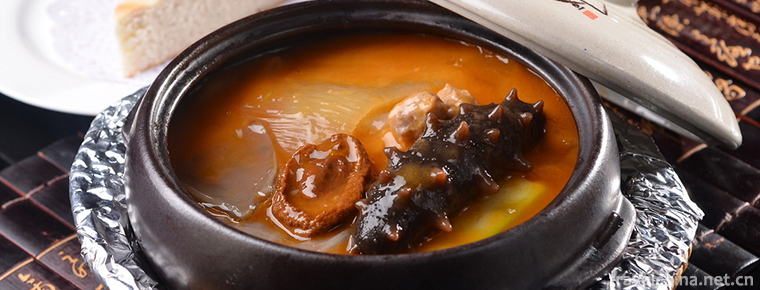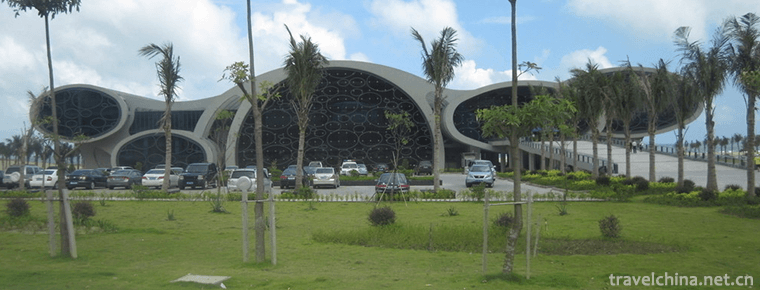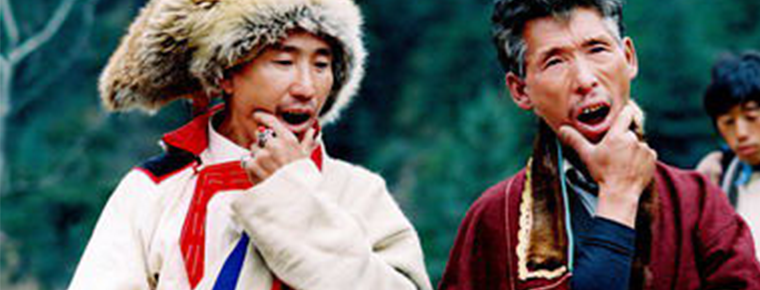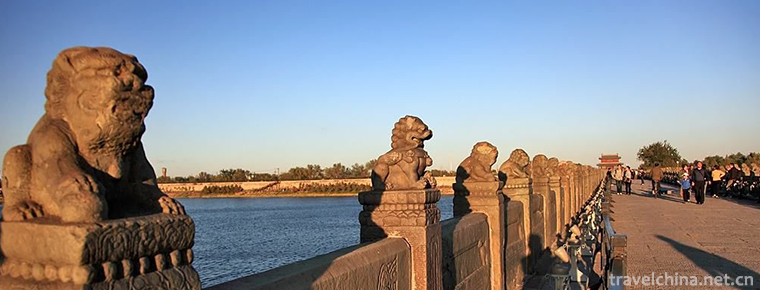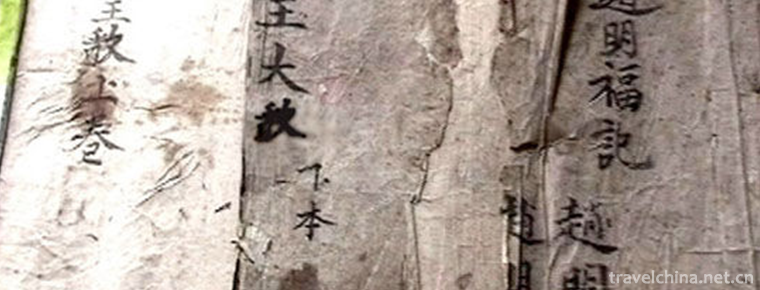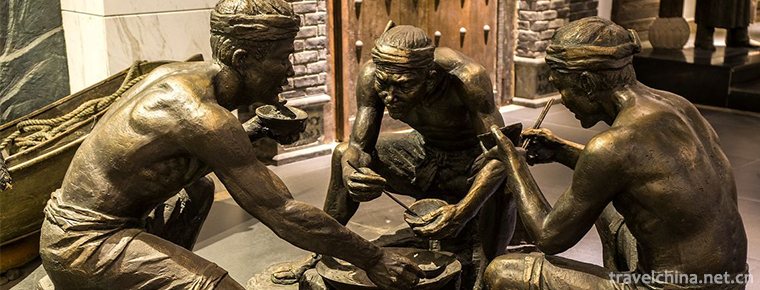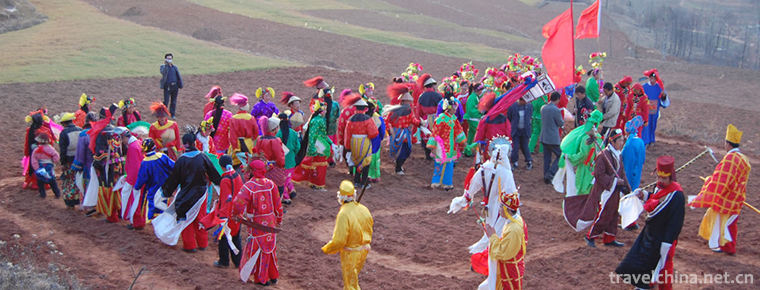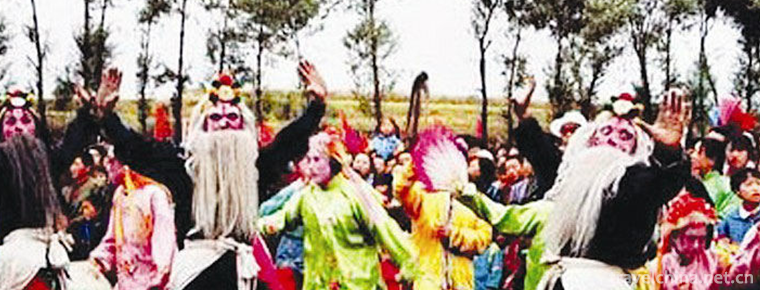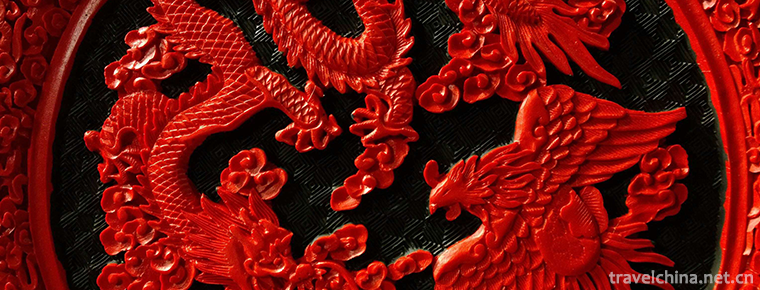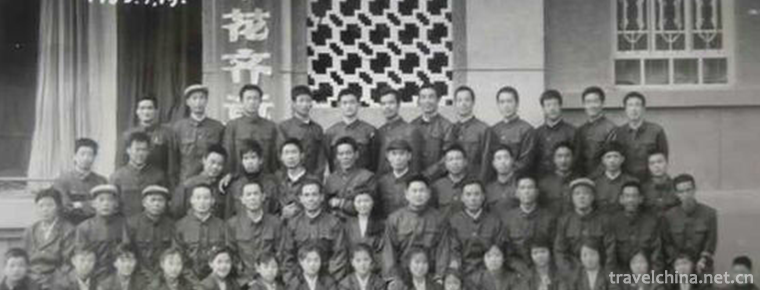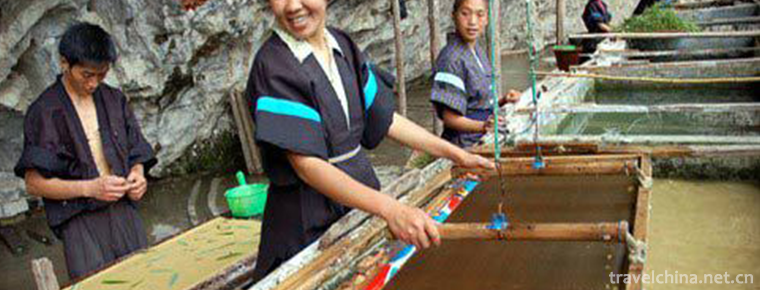Shenyang Palace Museum
Shenyang Palace Museum
The Shenyang Palace Museum, originally a royal palace built and used in the early Qing Dynasty, was built in 1625 (five years from tomorrow, ten years after the fate of the golden emperor). The Shenyang Palace Museum covers an area of more than 60,000 square meters. It has 114 ancient buildings and more than 500 rooms. So far, it is well preserved. The Shenyang Palace Museum, built on the palace sites, is a famous museum of ancient palace art. Its collection contains rich palace art. In 1961, the State Council designated the Shenyang Palace Museum as the first batch of national key cultural relics protection units. On July 1, 2004, the 28th World Heritage Committee approved the Shenyang Palace Museum as an extension project of the Ming and Qing Dynasties Palace Cultural Heritage to be included in the World Cultural Heritage List. Shenyang Palace Museum is unique in the history of Chinese palace architecture in terms of its high-rise building and "low palace".
In 2017, it was promoted to the third batch of state-level museums.
Development history
Ten years after the fate of the emperor Jin Dynasty (five years from tomorrow, 1625), Nurhachi decided that Shenyang was the capital city for strategic considerations. In the center of the old city of Shenyang, he built the Great Government Hall and the Ten Kings Pavilion, which were the beginning of the construction of the Forbidden City of Shenyang. In 1644, the Qing Dynasty moved its capital to Beijing. This former Imperial Palace became the accompanying capital palace. In the early years of Shunzhi, Dingshengjing was the "accompanying capital" of the country. Later, five ministries of Shengjing households, rituals, soldiers, punishment, industry and general Fengtian Prefecture and Chengde County were successively set up in the city to manage the relevant affairs in this area. Shengjing Palace, as a sacred site of the founding of the Qing Dynasty, is under special protection. The daily management, guard and repair of the Palace are under the responsibility of Shengjing Interior Office and Shengjing Ministry of Industry. From the 10th year of Kangxi (1671) to the 9th year of Daoguang (1829), Kangxi, Qianlong, Jiaqing and Daoguang made ten East Tours. During the Qianlong period, for the emperor of Qing Dynasty to patrol the East and store the ancestors and the things in the palace, and to rebuild, rebuild and expand, the palace and the palace coexisted as an accumulative palace building group.
After the Daoguang Dynasty, the Shenyang Palace Museum was covered with charcoal. "At first, the Tsarist overlord palace swept ahead, and after the Japanese peeped into the secrets of the gold chamber, the British chiefs sought to enter the palace to search for treasures. The national treasure is also something seized by imperialist powers. Would you rather not be sad? In the third year of Xuantong, Xiliang, the governor of the three eastern provinces, according to Jinliang's suggestion, "Please build a museum in Shengjing Danei and in the front of Wensuo Pavilion". Because of the uprising of 1911, this matter can not be solved. After 1911, under the leadership of Beiyang, the treasures stored in Shengjing Treasury were transported to Beijing Normal University. After General Feng Yuxiang's "Beijing coup", the Shengjing Palace was also taken over by the Fengtian Provincial Government.
In 1926, people of insight in Northeast China conformed to the trend of world culture and promoted the Fengtian Provincial Council to set up three eastern provincial museums in the Palace Museum, which became one of the earliest museums recommended by China itself. After the September 18th Incident in 1931, the Museum of the Eastern Three Provinces was transformed into the Fengtian Palace Museum. After its restoration in 1945, the National Shenyang Museum was re-established. In 1949, it was transformed into the exhibition house of Shenyang Palace Museum, which belongs to the Ministry of Culture of the Northeast Government. In 1954, the state decided to set up a museum of the historical and artistic nature of the Qing Dynasty in Shenyang Palace Museum. In 1986, it was renamed as the Shenyang Palace Museum.
On May 18, 2017, the third batch of state-level museums were promoted.
Visiting information
Sales Ticket Time
From April 10 to October 10, tickets were stopped at 8:30 to 17:30 and 16:45.
From October 11 to April 09, tickets were stopped at 9:00 to 16:30 and at 15:45.
It closes every Monday morning (except for statutory holidays and July and August) and opens at 13:00 p.m. .
Ticketing policy
The fare is 60 yuan per person.
High school, middle school and primary school students hold student cards, and the elderly under 70 and over 60 hold ID cards at 30 yuan per person.
Older people over 70 years old hold identity cards, retired cadres, active servicemen, disabled soldiers, deaf, blind people and disabled persons who can not take care of themselves hold valid certificates for ticket exemption.
Children under 1.3 meters are free of tickets (accompanied by guardians).
Tour guide
Smoking is prohibited, open fire is prohibited and dangerous goods are not allowed to enter the hospital.
Consciously abide by the order of visits and tours, show tickets to enter and enter according to the opening time.
Establish environmental awareness and care for the flowers and trees in the courtyard.
Take good care of public tourist facilities, do not paint or mark on ancient buildings, facilities and trees, and do not lie on road chairs.
Take care of the environmental hygiene in the hospital, don't bring pets into the hospital, don't spit, drown or litter peel and core, chewing gum residue and other waste.
Don't make noise in the courtyard. Don't block the access and entrance.
Illegal business, superstitious activities and vulgar and unhealthy behavior in the hospital are prohibited.
Traffic guide
Take bus 117, 118, 132, 140, 213, 222, 228, 257, 276, 287, 290, 292, 294, 296 and Ring Road to the Palace Museum Station and get off the bus. You can walk for 5 minutes.
Take buses 105, 113, 117, 131, 133, 150, 168, 218, 219, 237, 248, 273, 298 to get off at Dadongmen Station and walk west for 10 minutes.
Take bus No. 207, 212, 224, 227, 326, 333, 334 and 503 to get off at Dasimen (Huaiyuan Gate) Station, and walk east through Huaiyuan Gate for 10 minutes.
Take Metro Line 1 to Zhongjie Station and Huaiyuan Gate Station, and walk for 10 minutes. Take Metro Line 2 to transfer to Line 1 at Youth Street Station.

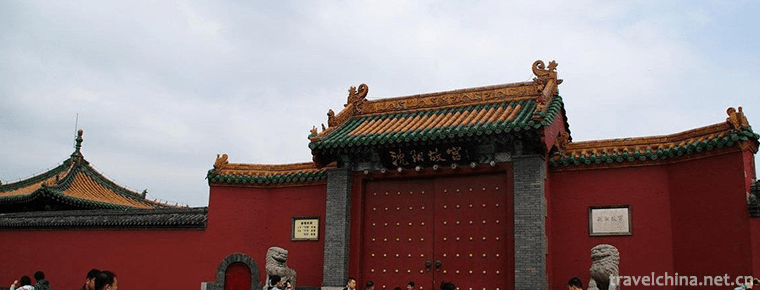
-
Soup with pepper
Soup with pepper, a well-known snack in Central Plains, originated in Xiaoyao Town, Xihua County, Zhoukou City, Henan Province, and Beiwudu Town, Wuyang County, Luohe City. Especially known as Xiaoyao.
Views: 242 Time 2018-11-10 -
Guangdong Marine Silk Road Museum
The Guangdong Marine Silk Road Museum is located on the "Shili Silver Beach" of Hailing Island Experimental Development Zone, Yangjiang City, Guangdong Province. The total construction area .
Views: 120 Time 2019-01-13 -
polyphonic folk song
Multi-voice folk song refers to a couple or a group of singers singing two or more voices at the same time. Some people call it "two-voice folk song" and "polyphony folk song"..
Views: 126 Time 2019-04-28 -
Legend of Lugou Bridge
The legend of Lugou Bridge is very rich in content, including the construction of Lugou Bridge, the lion on Lugou Bridge, Lugou pier chopping dragon and sword, Lugou Xiaoyue, Lugou Bridge and Wanping .
Views: 365 Time 2019-05-15 -
Panwang Song
Panwang Song is a collection of Yao folk poetry. Mainly spread in the residential areas of the Yao nationality in Nanling Mountains, Jianghua is a folk literature with distinct national characteristic.
Views: 128 Time 2019-06-08 -
Copper Carving Skills
Hangzhou bronze sculpture is the continuation of ancient bronze manufacture. It developed greatly in Wuyue and Southern Song Dynasty. After Tongzhi in Qing Dynasty, Hangzhou bronze sculpture represent.
Views: 161 Time 2019-06-21 -
Wudu Alpine Opera
Wudu Alpine Opera, also known as Alpine Opera, is one of the two unique local operas in Gansu Province. In 2008, Wudu Alpine Opera was selected as the second batch of national intangible cultural heri.
Views: 168 Time 2019-06-30 -
Yangge Opera
Yangge Opera is a traditional opera art widely popular in China, mainly distributed in Shanxi, Hebei, Shaanxi, Inner Mongolia, Shandong and other places. It originated from the songs sung by the worki.
Views: 208 Time 2019-07-10 -
Yangzhou lacquerware decoration skills
Yangzhou lacquerware painting process is cumbersome, the step is "batch putty scrape gray, brush paint and push light". During the Warring States Period, Yangzhou lacquerware decoration tech.
Views: 204 Time 2019-07-10 -
Yongnian Western Dialect
Yongnian Western Dialogue is an independent drama formed after Shangdang Bangzi of Shanxi was introduced into Yongnian. During the period of Xianfeng in Qing Dynasty, Shangdang Bangzi was introduced i.
Views: 159 Time 2019-07-14 -
Bamboo Paper Making Skills
Bamboo paper production maintains a complete traditional process. It is manually made by dipping paper. There are 15 links and 72 processes from material selection to paper making. The production proc.
Views: 202 Time 2019-08-10 -
Meishan population
At the end of 2019, the total registered residence population was 3 million 422 thousand and 600, of which 1 million 194 thousand and 900 were urban population. At the end of the year, there were 2.995 million permanent residents, including 1.433 million urban.
Views: 334 Time 2020-12-18
